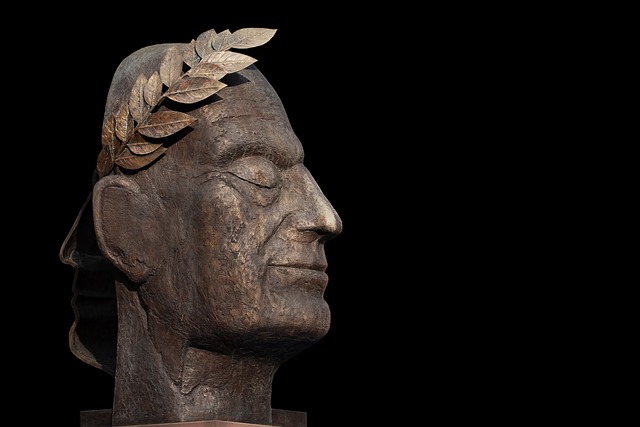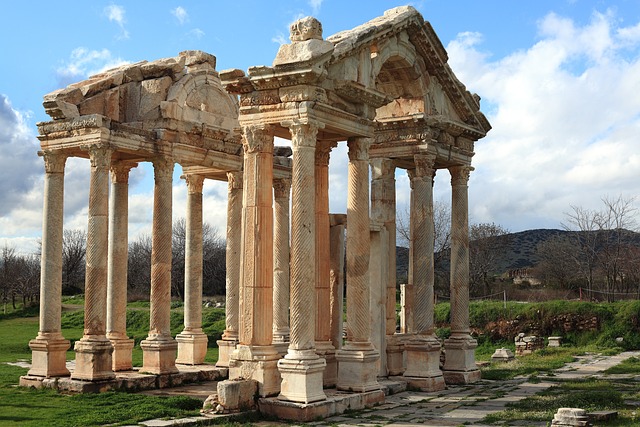The Roman Republic was founded in 509 BC by Rome’s first king, Lucius Tarquinius Superbus. The Republic lasted for more than 500 years, until the death of the last Roman emperor, Constantine the Great, in 476 AD. During the Republic, Rome was ruled by a Senate, a group of aristocrats. The Senate was advised by a group of eight men called the Pontifex Maximus. The Pontifex Maximus was the head of the Roman religious cult. He was also the highest-ranking member of the College of Pontiffs, a group of priests who interpreted Roman religious law.
S.P.Q.R.
The Republic was a time of great stability and prosperity for Rome. It was also a time of great expansion. Roman armies conquered most of the Mediterranean basin, including the lands of the modern-day nations of Italy, France, Spain, Portugal, and Croatia.
During the Republic, Rome became increasingly rich and powerful. But, by the first century BC, the Republic was in trouble. There was a growing gap between the rich and the poor. There were also frequent wars.
Caesar

In 59 BC, Julius Caesar, a Roman general, and politician conquered the land of Gaul (modern-day France). This made Caesar very popular with the people of Rome. In 45 BC, Caesar was elected Rome’s first dictator. A dictator is a ruler with absolute power. Caesar was assassinated in 44 BC by a group of senators who were afraid of his power. Civil war broke out. After a series of wars, the Roman Empire was founded in 27 BC by Caesar’s grandnephew, Octavian. Octavian was given the title Augustus by the Senate. Augustus was the first Roman emperor.
The Roman Empire was even more powerful than the Republic. The emperor had absolute power. He was advised by a group of senators, but he did not have to listen to them. Augustus expanded the territories controlled by Rome. He also increased trade and improved transportation. Augustus made Rome a beautiful city. He built many public buildings, including a huge amphitheater called the Colosseum. The Roman Empire was ruled by a series of emperors. Some were good rulers and made Rome even greater. Others were not so good and caused problems. People were able to gamble. You can test your luck today as well by gaining the Sportium bonus.
Barbarian Invasions

In the early fifth century, the Roman Empire was attacked by barbarian tribes from the north. The empire was not able to defend itself. The emperor Constantine realized that the empire was too large to be governed from one central location. He decided to move the capital of the empire from Rome to the city of Byzantium, which was renamed Constantinople. The Roman Empire was divided into two parts in 395 AD. The western half was ruled by Rome and the eastern half by Constantinople. The western half of the empire was sacked by the Visigoths in 410 AD. The western half of the empire continued to decline. It was finally overrun by the Lombards in 753 AD. The eastern half of the empire, however, continued to prosper. It became known as the Byzantine Empire. The Byzantine Empire lasted until 1453 AD when it was conquered by the Ottoman Turks.
Although the Roman Empire no longer exists, its legacy continues. The Roman system of government, with its senate and emperor, was copied by many later civilizations, including the United States of America. Roman law was the basis for the legal systems of many countries, including England. The Latin alphabet, which was developed by the Romans, is used by most of the world’s languages. Roman roads and engineering were the models for many later roads and bridges.
The heritage of Ancient Rome is still very evident in the modern world.
